Utilizing seven research Facilities and multiple affiliated User programs and research laboratories at LBNL, Foundry scientists help users address challenges at the nanoscale while also pursuing an internal research program centered around our interdisciplinary strategic priorities. The capabilities of each Facility — both expertise and equipment — is described on their respective pages. A full list of equipment available at the Molecular Foundry can be found here.
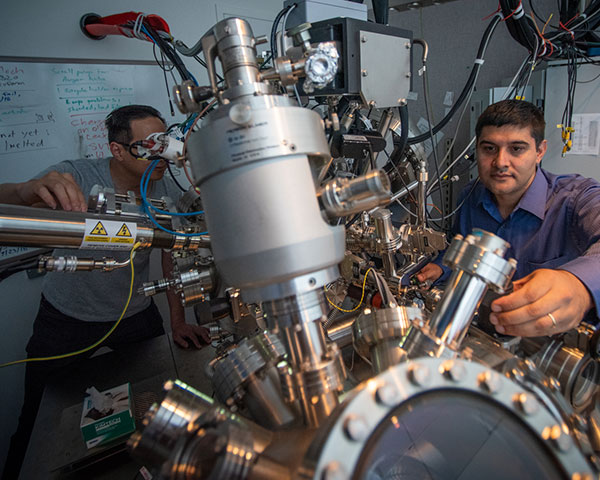
Imaging and Manipulation of Nanostructures
This facility develops and provides access to state-of-the-art characterization and manipulation of nanostructured materials – from “hard” to very “soft” matter – including electron, optical, and scanning probe microscopies.
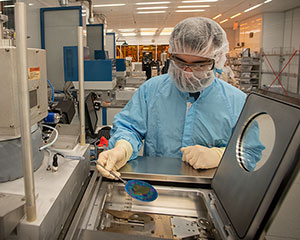
Nanofabrication
Facility
This facility focuses on understanding and applying advanced lithographies, thin film deposition, and characterization, emphasizing integration of inorganic, organic, and biological nanosystems with the potential for nanoelectronic, nanophotonic, and energy applications.
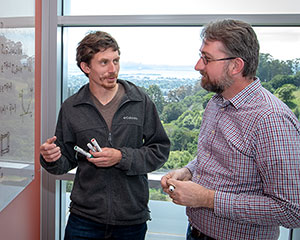
Theory of Nanostructured Materials Facility
This facility expands our fundamental understanding of materials and phenomena at the nanoscale through development and application of theories and methods that reveal the flow of energy and information in nanostructures, the self-assembly and organization of nanomaterials, and interpretation of measurements of complex systems.
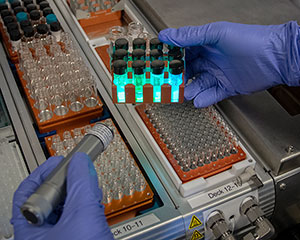
Inorganic Nanostructures Facility
This facility is devoted to the science of semiconductor, carbon and hybrid nanostructures—including design, synthesis, and combinatorial discovery of nanocrystals, nanowires, and nanotubes and their self-assembly into 3D mesoscale functional materials for use-inspired energy applications.
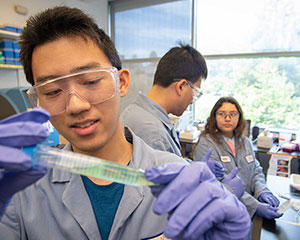
Biological Nanostructures Facility
This facility designs, synthesizes, and characterizes new materials based on the self-assembly of biopolymers and bio-inspired polymers, synthesizes new optical probes for bioimaging and sensing, develops synthetic biology and protein engineering techniques to build hybrid living materials and biomolecules that interface with inorganic materials, and uses microscopies and X-ray methods to characterize biopolymers and biomolecules at the nanoscale level.
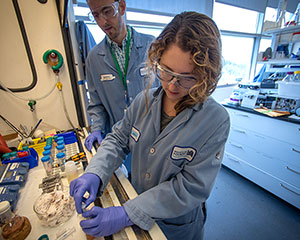
Organic and Macromolecular Synthesis Facility
This facility studies “soft” materials, including the synthesis of organic molecular, supramolecular, and macromolecular materials and their assemblies, with access to functional energy conversion and storage systems, organic electronics, and advanced catalysis based on hierarchical porous frameworks and organic-inorganic hybrid structures.
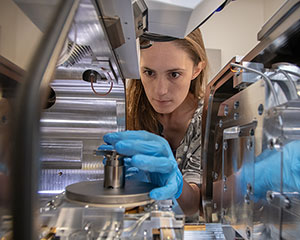
The National Center for Electron Microscopy (NCEM)
This facility focuses on the cutting-edge instrumentation, techniques and expertise required for advanced electron beam characterization of materials at high spatial resolution.
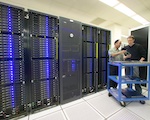
Data Science and Digital Infrastructure
This Foundry-wide group of staff supports building new automated equipment, implementing data sharing and analysis pipelines, and building data support infrastructure. This includes data storage, analysis, and access, as well as working with Foundry scientists and users to develop and improve data workflows for domain specific problems.

